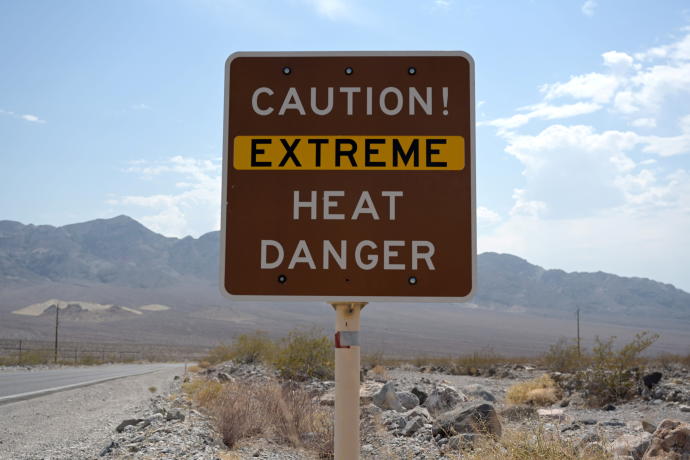When facing rising temperatures, ant colonies collectively evacuate the nest when the ground becomes too warm, almost as if the colony of ants has a greater, collective mind or neural network.
A new peer-reviewed study suggests that indeed, ants as a group behave similarly to networks of neurons in a brain. The study examines how ant colonies integrate information about the external environment with internal state parameters to produce adaptive, system-level responses.
Rockefeller’s Daniel Kronauer and postdoctoral associate Asaf Gal developed a new experimental setup to analyze decision-making in ant colonies.
As reported in the Proceedings of the National Academy of Sciences, the researchers found that when a colony evacuates due to rising temperatures, its decision is a function of both the magnitude of the heat increase and the size of the colony itself, with larger colonies evacuating the nest at higher temperatures.
The study suggests that ants combine sensory information with the parameters of their group to arrive at a group response, a process similar to neural computations that translate to decisions.

“We pioneered an approach to understand the ant colony as a cognitive-like system that perceives inputs and then translates them into behavioral outputs,” says Kronauer, head of the Laboratory of Social Evolution and Behavior. “This is one of the first steps toward really understanding how insect societies engage in collective computation.”
Sensory thresholding
Sensory thresholding is one of the most fundamental and well-studied computational primitives performed by organisms, where a perceived level of sensory input is compared with an internal variable to generate a binary neural, physiological, or behavioral response.
As an example of sensory response thresholding, an animal has to detect sensory input like heat past a certain level to produce a certain costly behavior, like moving away. If the rise in temperature isn’t big enough, it won’t be worth it.
As part of the study, researchers developed a system in which they could precisely affect an ant colony with controlled temperature increases. To track the behavioral responses of individual ants and the entire colony, they marked each insect with different colored dots and followed their movements with a tracking camera.
Affects on colonies
As the researchers expected, colonies of a set size of 36 workers and 18 larvae dependably evacuated their nest when the temperature hit around 34 degrees Celsius. This finding makes intuitive sense, Kronauer says, because “if you become too uncomfortable, you leave.”
The researchers were surprised to find that the ants were not merely responding to temperature itself. When the size of the colony was increased from 10 to 200 individuals, the temperature necessary to trigger the decision to evacuate increased accordingly.
Colonies of 200 individuals held out until temperatures rose past 36 degrees. “It seems that the threshold isn’t fixed. Rather, it’s an emergent property that changes depending on the group size,” Kronauer said.
“It seems that the threshold isn’t fixed. Rather, it’s an emergent property that changes depending on the group size.”
Daniel Kronauer
How do they know?
Individual ants are, however, unaware of the size of their colony, so how can their decision-making take it into account?
Kronauer and Gal suspect that the explanation has to do with the way pheromones, which pass information between ants, scale their effect when more ants are present.
Even so, they do not know why larger colonies would require higher temperatures to pack up the nest.
It could simply be that the larger the colony’s size, the more complicated and costly it is to relocate, pushing up the critical temperature necessary to trigger relocation, according to Kronauer.
